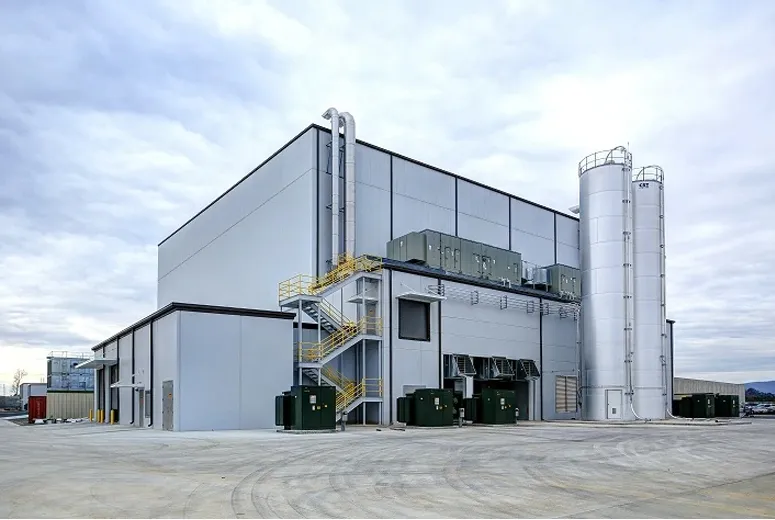- Afrikaans
- Albanian
- Amharic
- Arabic
- Armenian
- Azerbaijani
- Basque
- Belarusian
- Bengali
- Bosnian
- Bulgarian
- Catalan
- Cebuano
- Corsican
- Croatian
- Czech
- Danish
- Dutch
- English
- Esperanto
- Estonian
- Finnish
- French
- Frisian
- Galician
- Georgian
- German
- Greek
- Gujarati
- Haitian Creole
- hausa
- hawaiian
- Hebrew
- Hindi
- Miao
- Hungarian
- Icelandic
- igbo
- Indonesian
- irish
- Italian
- Japanese
- Javanese
- Kannada
- kazakh
- Khmer
- Rwandese
- Korean
- Kurdish
- Kyrgyz
- Lao
- Latin
- Latvian
- Lithuanian
- Luxembourgish
- Macedonian
- Malgashi
- Malay
- Malayalam
- Maltese
- Maori
- Marathi
- Mongolian
- Myanmar
- Nepali
- Norwegian
- Norwegian
- Occitan
- Pashto
- Persian
- Polish
- Portuguese
- Punjabi
- Romanian
- Russian
- Samoan
- Scottish Gaelic
- Serbian
- Sesotho
- Shona
- Sindhi
- Sinhala
- Slovak
- Slovenian
- Somali
- Spanish
- Sundanese
- Swahili
- Swedish
- Tagalog
- Tajik
- Tamil
- Tatar
- Telugu
- Thai
- Turkish
- Turkmen
- Ukrainian
- Urdu
- Uighur
- Uzbek
- Vietnamese
- Welsh
- Bantu
- Yiddish
- Yoruba
- Zulu
Nov . 16, 2024 23:52 Back to list
Designing Steel Structures for Warehouses A Comprehensive Overview
Steel structures have emerged as a popular choice for warehouses due to their numerous advantages, including strength, durability, and flexibility. When designing a steel structure for a warehouse, several key factors must be considered, ensuring the facility meets operational needs while adhering to safety and sustainability standards.
Designing Steel Structures for Warehouses A Comprehensive Overview
2. Material Selection Choosing the right type of steel is crucial to the design process. Standard structural steel complies with relevant codes and standards, such as ASTM A992 for wide-flange beams. Additionally, considering coatings or treatments to protect against corrosion, especially in environments with extreme weather conditions, will enhance the longevity of the structure. Steel alloys may also be utilized for specific strength requirements, ensuring the warehouse can accommodate heavy loads without compromising structural integrity.
warehouse steel structure design

3. Load Considerations Warehouse structures must be designed to withstand various loads, including dead loads (the weight of the structure itself), live loads (dynamic loads from stored goods and personnel), and environmental loads (such as wind, snow, and seismic activities). Engineers must conduct a thorough load analysis to determine the forces acting on the structure and incorporate the necessary safety factors into the design.
4. Sustainability As environmental concerns rise, sustainable building practices are becoming critical in warehouse design. Utilizing recycled steel, implementing energy-efficient systems, and considering the building’s lifecycle impact are essential components of modern design. Green certifications, such as LEED (Leadership in Energy and Environmental Design), can help demonstrate a commitment to sustainability, appealing to environmentally conscious businesses.
5. Compliance and Safety Designing a warehouse structure also involves ensuring compliance with local building codes and safety regulations. This includes fire safety measures, exit routes, and accessibility standards. Regular inspections and maintenance plans should be established to uphold safety standards over the lifespan of the building.
Conclusion The design of steel structures for warehouses is a multifaceted process that requires careful consideration of various factors, including layout, material selection, load analysis, sustainability, and compliance with regulations. By focusing on these key aspects, designers can create efficient, durable, and environmentally-friendly warehouses that meet the demands of modern logistical operations. As the industry continues to evolve, innovative techniques and materials will further enhance the capabilities of steel structures in warehouse design.
-
Steel Frame Modular Construction for Housing
NewsAug.07,2025
-
Steel Construction Factory Processes
NewsAug.07,2025
-
Portal Frame Shed for Sale: Delivery Options
NewsAug.07,2025
-
Metal Workshops for Sale: Insulation Solutions
NewsAug.07,2025
-
Metal Steel Building Manufacturers: Post-Construction Services
NewsAug.07,2025
-
Metal Garage Shed Kits: Size Options
NewsAug.07,2025
Products categories
Our Latest News
We have a professional design team and an excellent production and construction team.












